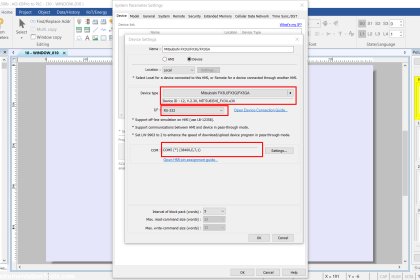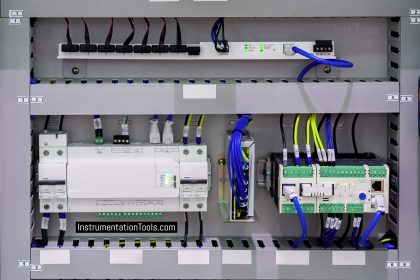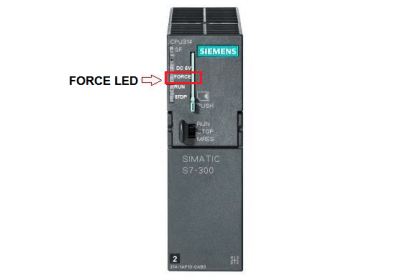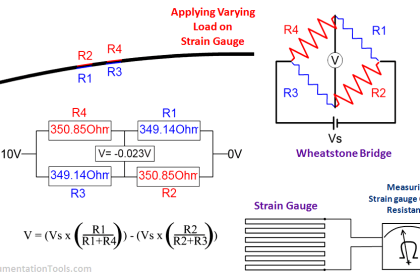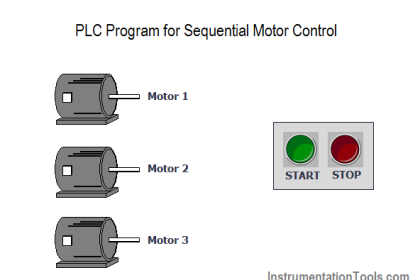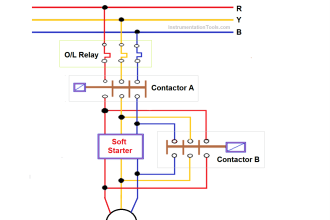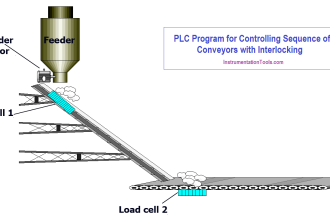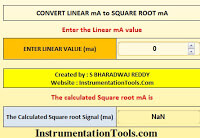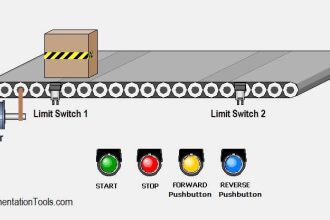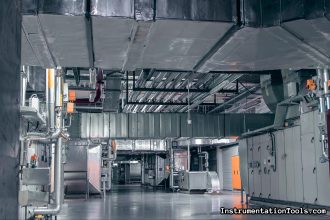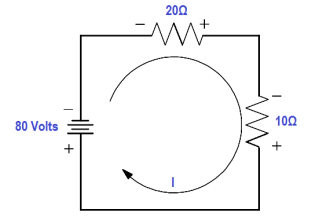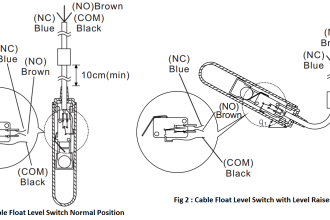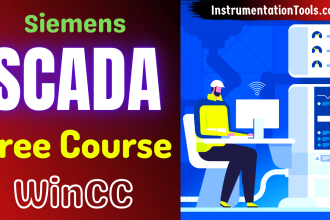In this post, we will see the working of SMPS.
SMPS stands for Switched Mode Power Supply. It is an essential part of an electrical power circuit.
Basically, power is required in different forms for various circuits. So, we just cannot feed raw AC power to them. Such type of conversion is done by SMPS. Its role is to provide the necessary supply voltage to electrical circuits in their required form.
As the name implies, the power supply is altered and obtained in various forms by means of switching devices inside it. They switch the power in various ways to provide the final output voltage.
These switching devices are nothing but power electronic devices like triac, diac, transistor, MOSFET, capacitors, resistors, etc.
SMPS is majorly categorized into four types –
- AC to DC converter,
- DC to DC converter,
- Forward converter, and
- Flyback converter.
In this post, we will have a look at the working of one of the most widely used types – AC to DC converter.
AC to DC converter is used to provide regulated DC supply voltage to electrical circuits. The 230V AC supply is converted to a 24V DC supply. Let us have a look at the inside circuit of this converter.
As seen in the below figure, the SMPS consists of an input rectifier and filter, a high-frequency switching device converter, power transformer, output rectifier, and filter and control circuitry.
Switched Mode Power Supply
Let us see the function of each of these components.

Input Rectifier and Filter
This is the primary stage of the converter. The rectifier and filter circuit is used to convert AC supply into DC voltage.
But this DC output voltage is unregulated. It has many variations as the circuit inside is only used to convert and not process it accurately.
This unregulated DC voltage is then given to a high-frequency converter consisting of switching devices.
High-Frequency Converter
This is the main heart of SMPS. Because the incoming DC voltage is unregulated and not processed properly, it cannot be directly fed to the output circuit.
So, the processing task is done by power-electronic switching devices. Power transistor, MOSFET, diac, triac, etc. are employed here which switches on and off according to variations.
These switching devices have very low resistance and they are capable of resisting high currents. They thus create high frequency pulsating DC signal; which is processed properly and less variable.
Power Transformer
The high-frequency DC output is fed to the power transformer for step-down reduction.
The high voltage DC output is converted into a low voltage DC output.
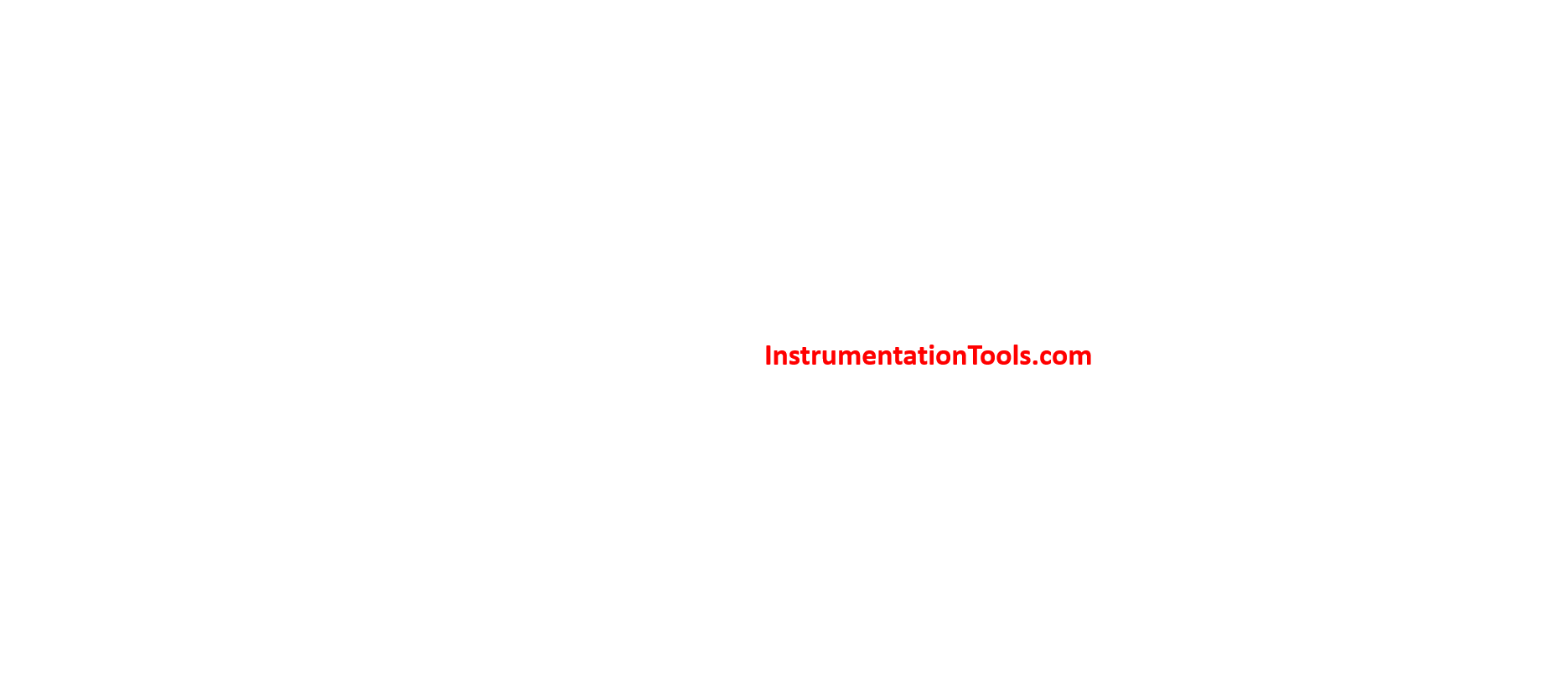
Output Rectifier and Filter
The output from the transformer is again fed to the rectifier and filter circuit to get a constant and steady DC output voltage.
Basically, this filter smoothens the DC output.
Control Circuit
Similar to PID philosophy, the output from rectifier is again fed to the high-frequency device for feedback error control logic.
This is done to ensure that we get a constant DC output voltage every time. The deviations are monitored and nullified again by the whole circuit once again.
SMPS find their application in almost every electrical circuit, as most of the devices require DC voltage; and not just DC voltage, SMPS provides a regulated voltage as discussed before in the types of SMPS.
If you liked this article, then please subscribe to our YouTube Channel for Electrical, Electronics, Instrumentation, PLC, and SCADA video tutorials.
You can also follow us on Facebook and Twitter to receive daily updates.
Read Next:
- What is a Wet Contact?
- Preventive Maintenance of VFD
- Why 24 Volts DC Power Supply?
- Commissioning and Testing of PLC
- Automation Engineer Troubleshooting

